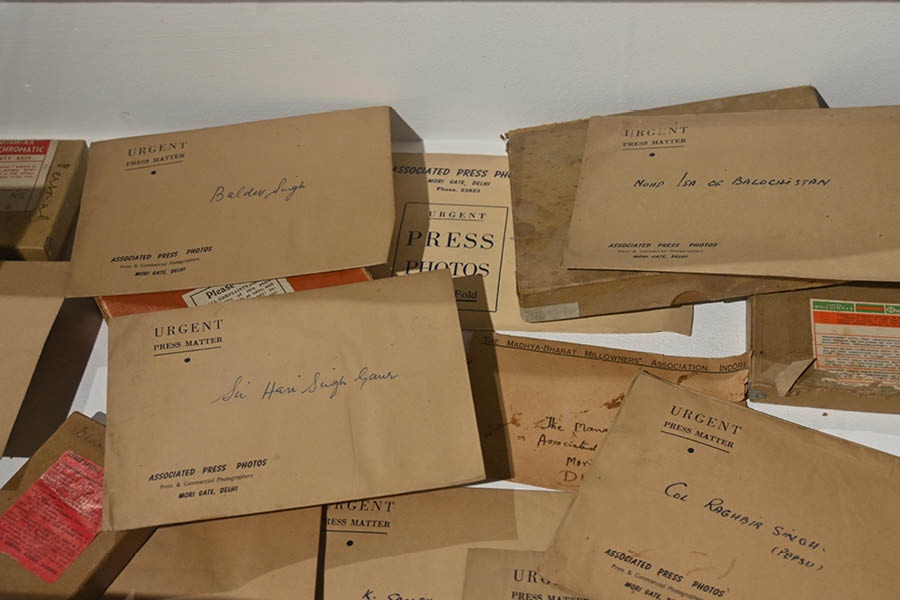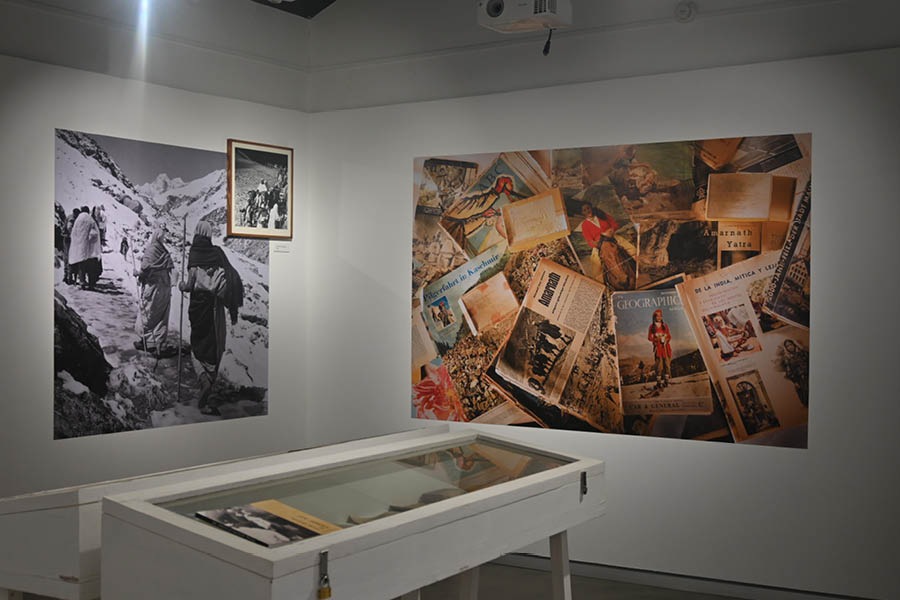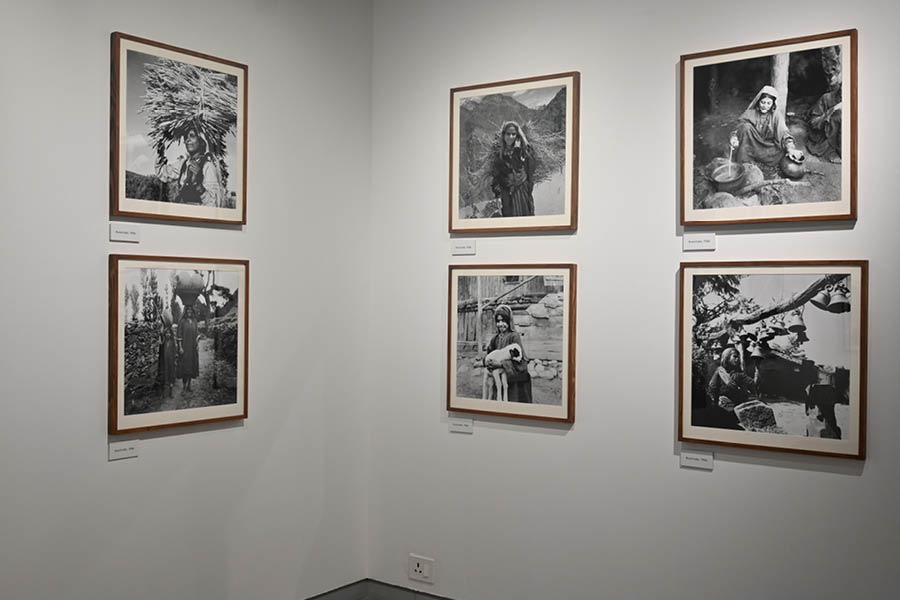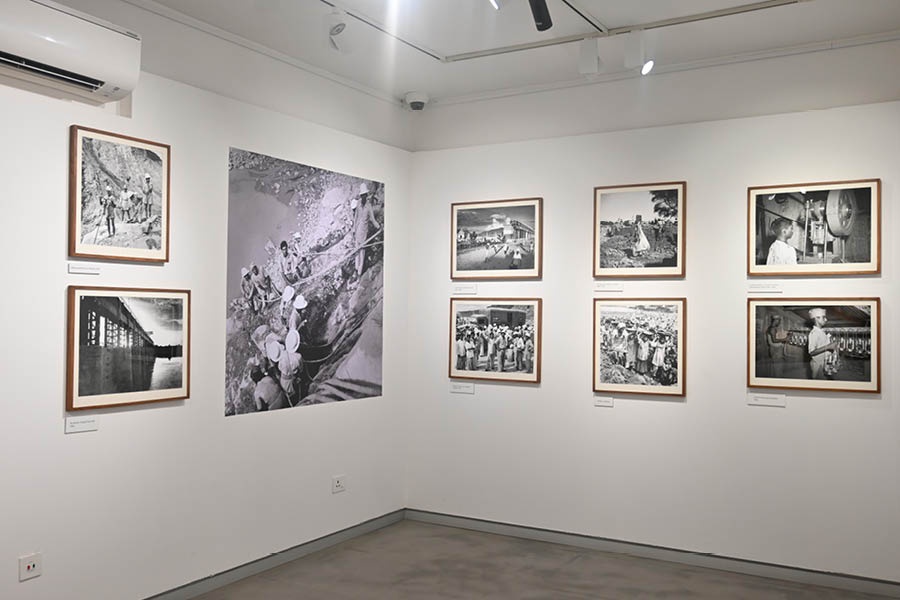If in Santiniketan, Arthshila is the place to be at for some patriotic vibes in the run-up to Independence Day. A remarkable collection of photographs dating back to the Indian freedom struggle and several historic political movements, the earliest ones from the mid-1930s, is on display at the gallery till September 1.
Curated by Aditya Arya, the exhibition titled ‘History in the Making: Visual archives of Kulwant Roy’ in collaboration with Museo Camera, was inaugurated on August 6 at the Shyambati gallery behind Kristi Guest House. The gallery is said to be India’s first multi-location, multi-art centre. It will be open for public viewing from 11am to 7pm Thursdays to Sundays and Tuesday, from 9am to 7pm on Wednesdays. The gallery is closed on Mondays and public holidays.

Some of the envelopes as sent by Kulwant Roy
Museo Camera is said to be the only photography and camera museum in India at Gurgaon, housing over 3,000 rare and iconic cameras and other equipment that chronicle the history of photography from the earliest days to the present digital era.
Kulwant Roy, considered a pioneer in Indian photojournalism, captured countless precious moments of our history through his lenses. His repertoire involved capturing the true nature of epoch events along with glimpses into the lives of common citizens in daily lives. Roy’s photographs serve as a bridge between the past and the future generations. He was posthumously conferred the Padma Shri.

Catching the eye in every way
Born in 1914 in Bagli Kalan, Ludhiana, and educated in Lahore, Roy had joined Gopal Chitter Kuteer’s studio. He then joined the Royal Indian Air Force in 1941 gathering experience in collecting aerial photographs but quit in the face of discriminatory policies of the British government. Thereafter, as a freelancer in Lahore, he documented several significant political events in Pakistan before relocating to Delhi and starting his own agency, the Associated Press Agency. Some of the exhibits are of historical events that he documented during this phase of his career.
The exhibition is largely the brainchild of commercial and travel photographer Aditya Arya, the chairman and trustee of India Photo Archive Foundation (IPAF), also known for his prowess in the field of advertising and corporate photography, and for photographic conservation.
The photographs on display attempt to highlight and showcase the brilliance and originality of Roy’s archival visuals, backed by textual references and annotations wherever present on the original envelopes, as well as other relevant accompanying information.

A glimpse of the exhibits of the ongoing event in the gallery 1
The priceless treasure trove of photographs and negatives remained forgotten in boxes for over 25 years after his death in 1984, until Arya, their inheritor began cataloging them and discovering in the process, a rare and valuable visual archive of unpublished pictures of India’s history. The original negatives and the prints have degraded with time and changed in tonal quality but Arya has tried to standardise and digitally enhance them for reproduction.


